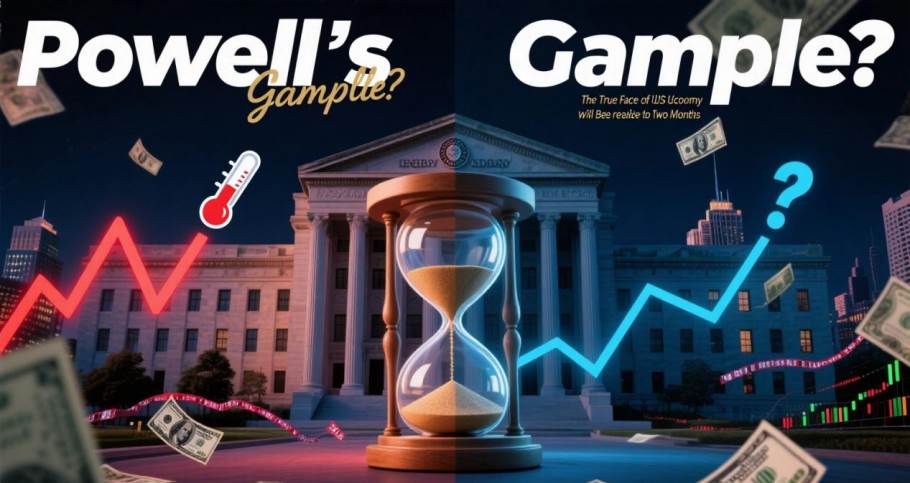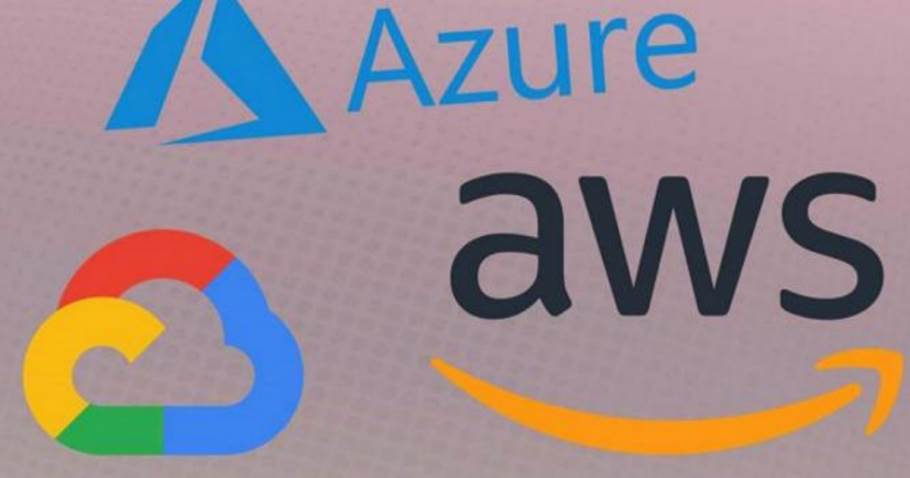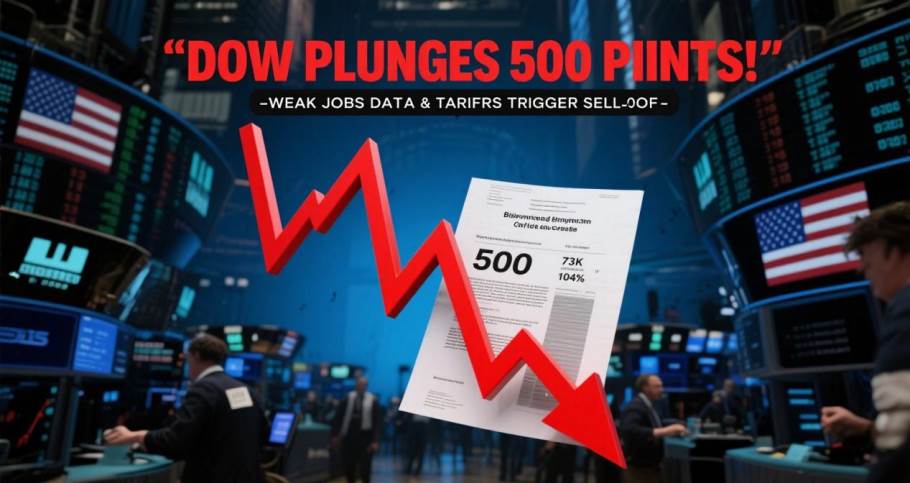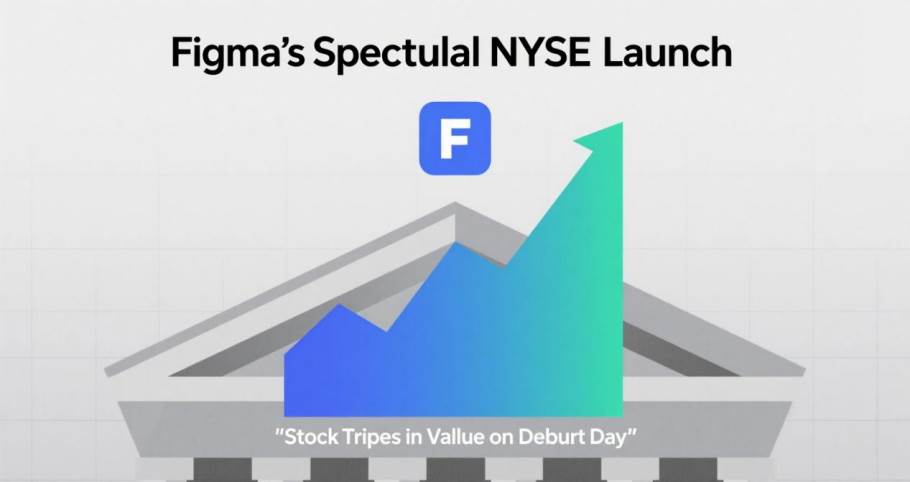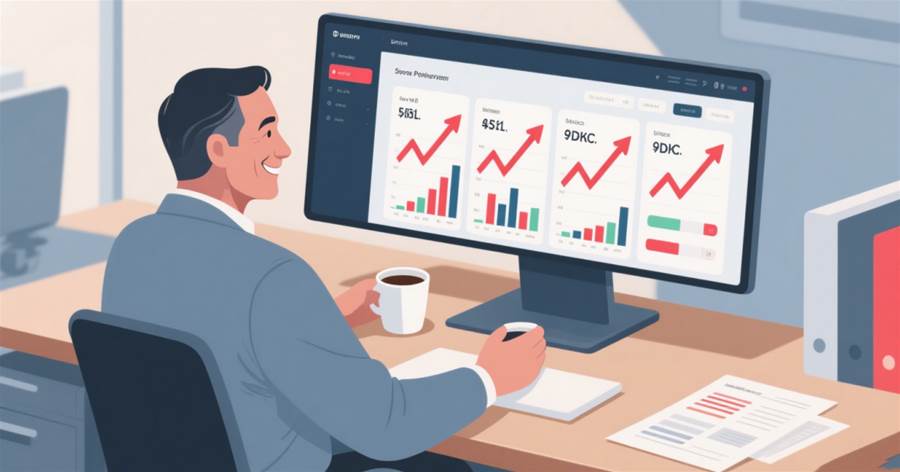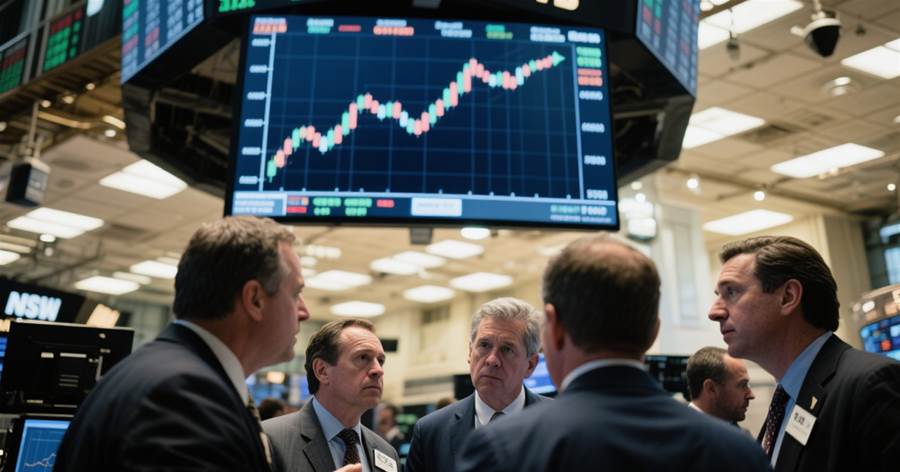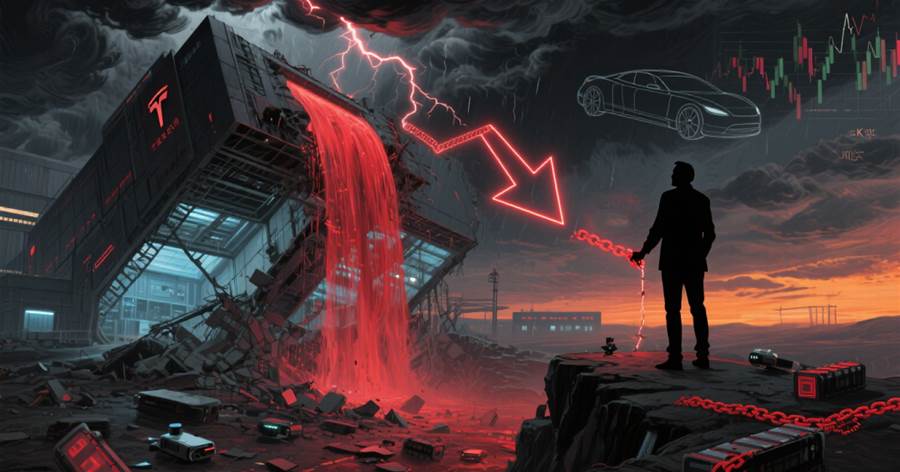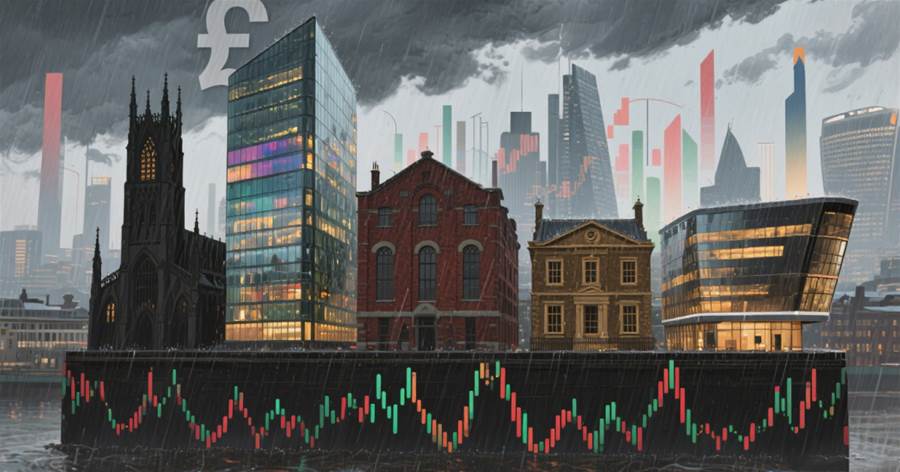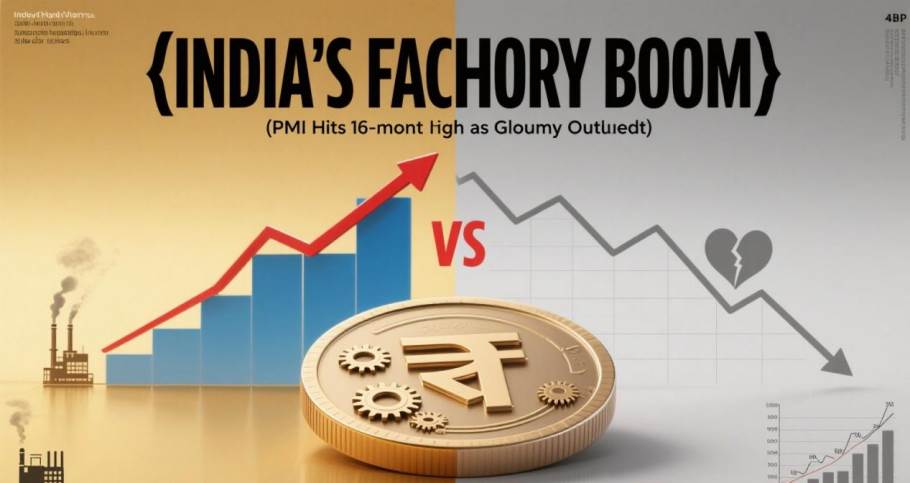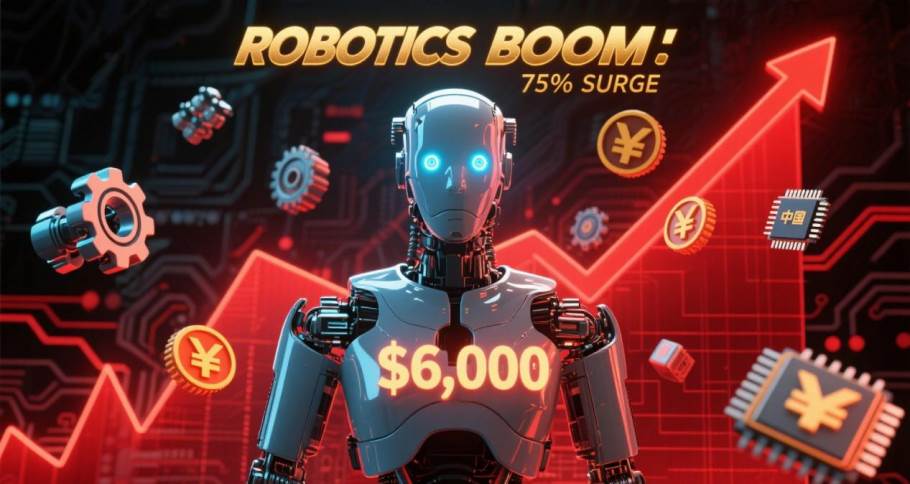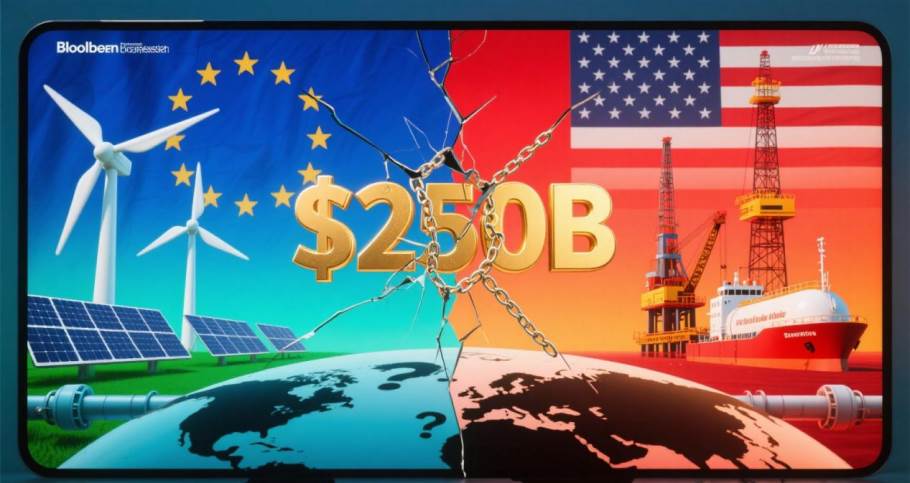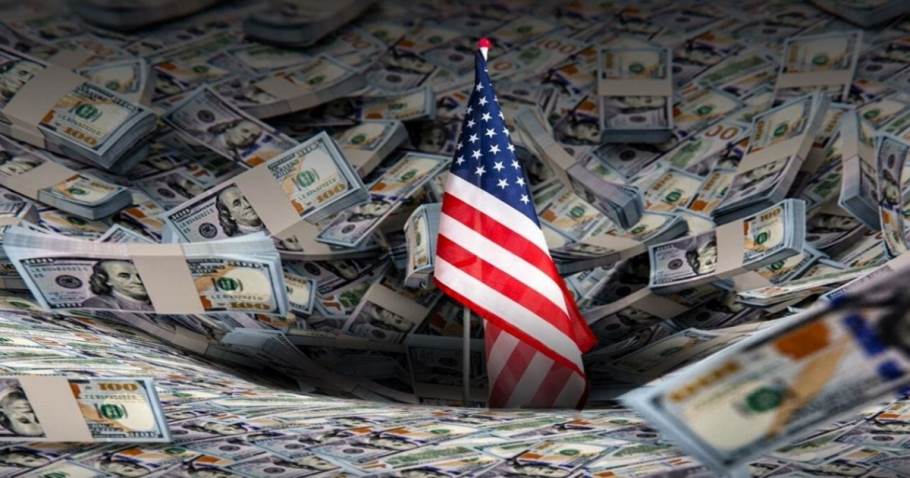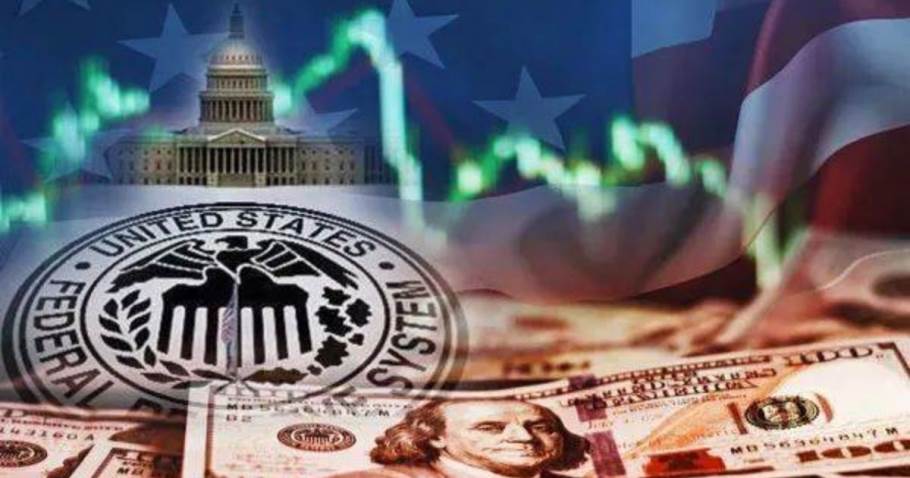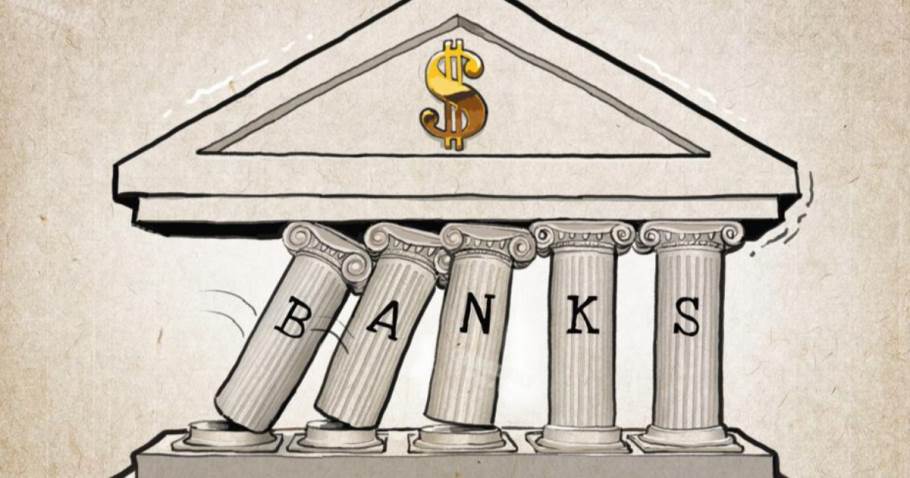Powell's Gamble: The True Face of the US Economy Will Be Revealed in Two Months
In the maze of economic data and the whirlpool of policy games, Federal Reserve Chairman Jerome Powell is making a crucial bet - the true state of the US economy will come to light in the next two months. This judgment not only affects the nerves of the US financial market but also has a profound impact on the global economic landscape.
Currently, the US economic data presents a complex picture. In terms of the unemployment rate, the figure of 4.
1% is at a historical low, and Powell has previously regarded it as one of the signs of economic stability. However, this seemingly prosperous surface may hide hidden concerns. Neil Dutta, head of economic research at Renaissance Macro Research, pointed out that such a low unemployment rate is likely to create a "false sense of security." In fact, there are many anomalies in the current US labor market. The number of people who want to work but withdraw from the labor market is much higher than normal.
A large number of workers' wage growth has stagnated, and the number of industries with new jobs has only just exceeded half, which is in a historically weak range. Fed Governor Christopher Waller expressed similar concerns two weeks ago. He even voted against the Fed's decision to keep interest rates unchanged because he supported a rate cut. He firmly believes that the US economy is not as strong as it seems on the surface. Powell himself also admitted that the stability of the unemployment rate is due to the nearly synchronous decline in labor supply and demand, suggesting that there are indeed downward risks in the labor market.
In the consumption field, signs of weakness in the US economy are also beginning to emerge. Data from the Bank of America Institute shows that consumer spending on services such as hotels, air tickets, and dining has declined for three consecutive months, the first time since the 2008 global financial crisis. Credit card spending by low - income households also decreased in the three months ending in June, the first time in more than a year.
The article is not finished. Click on the next page to continue.
The article is not finished. Click on the next page to continue.
